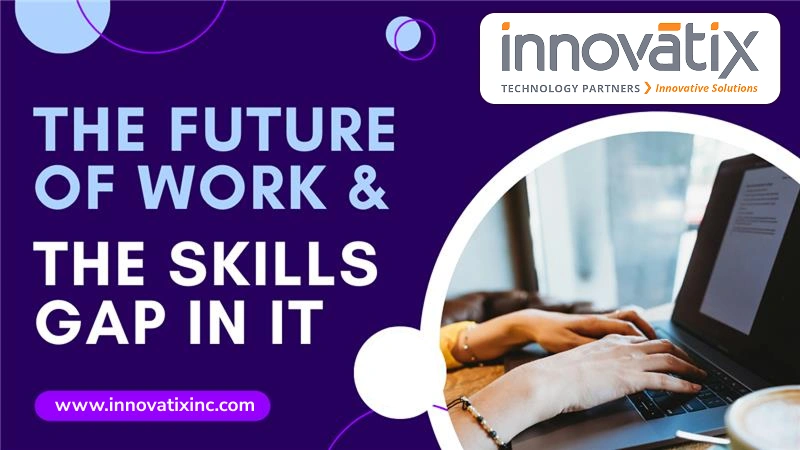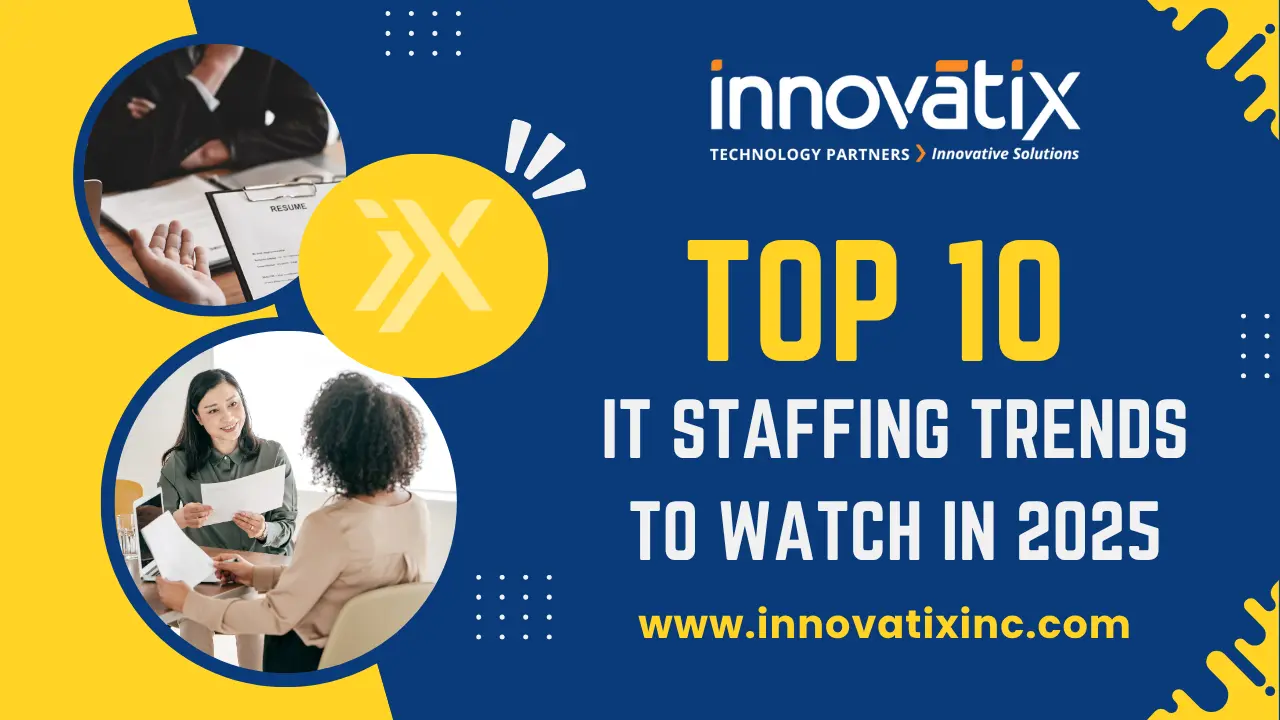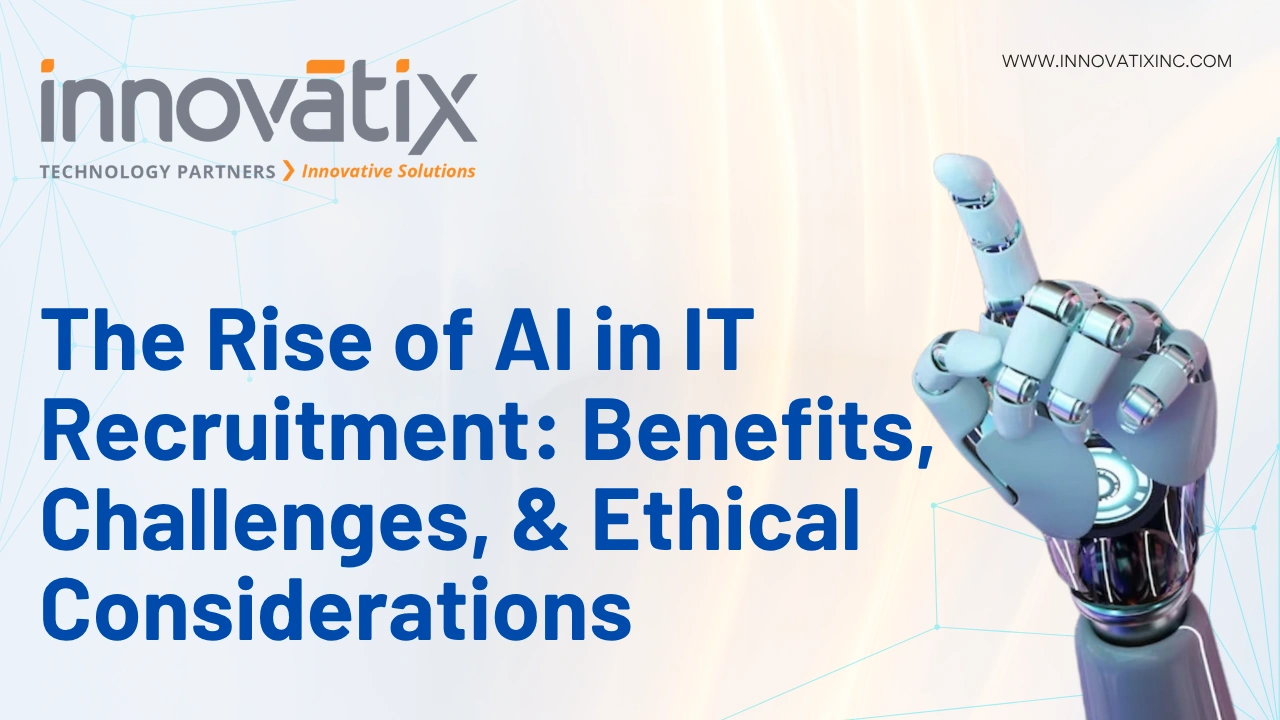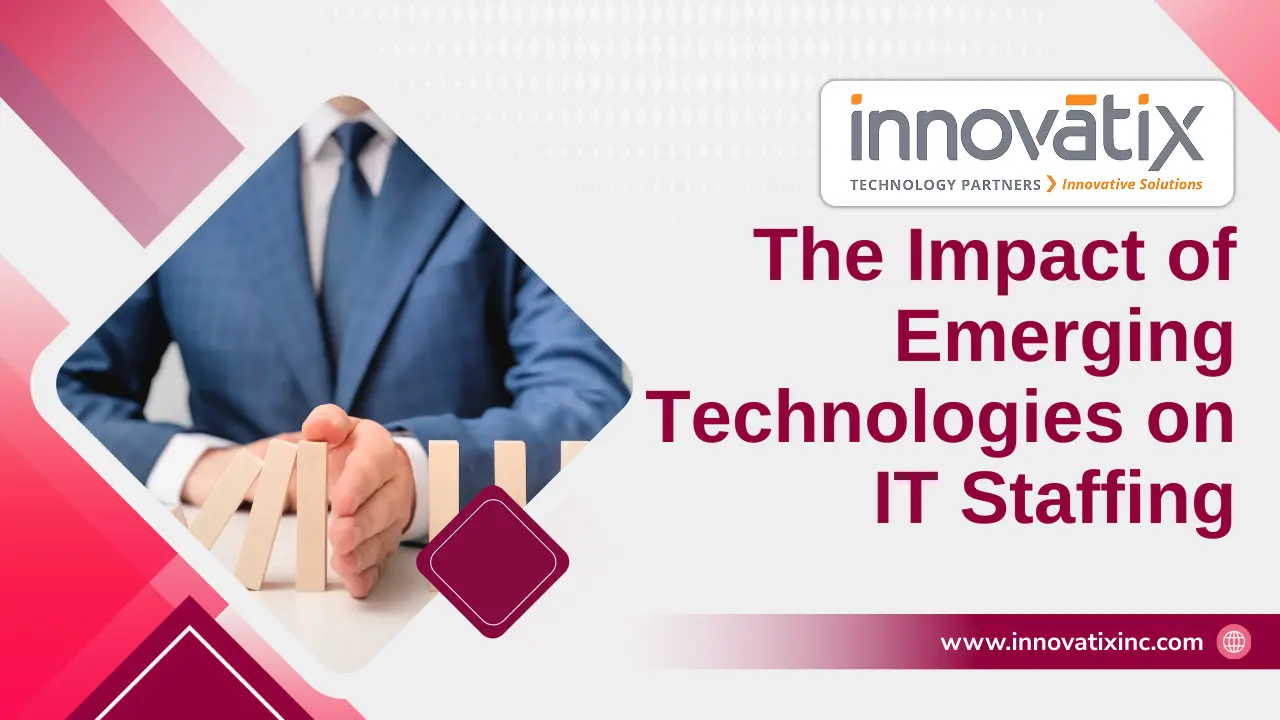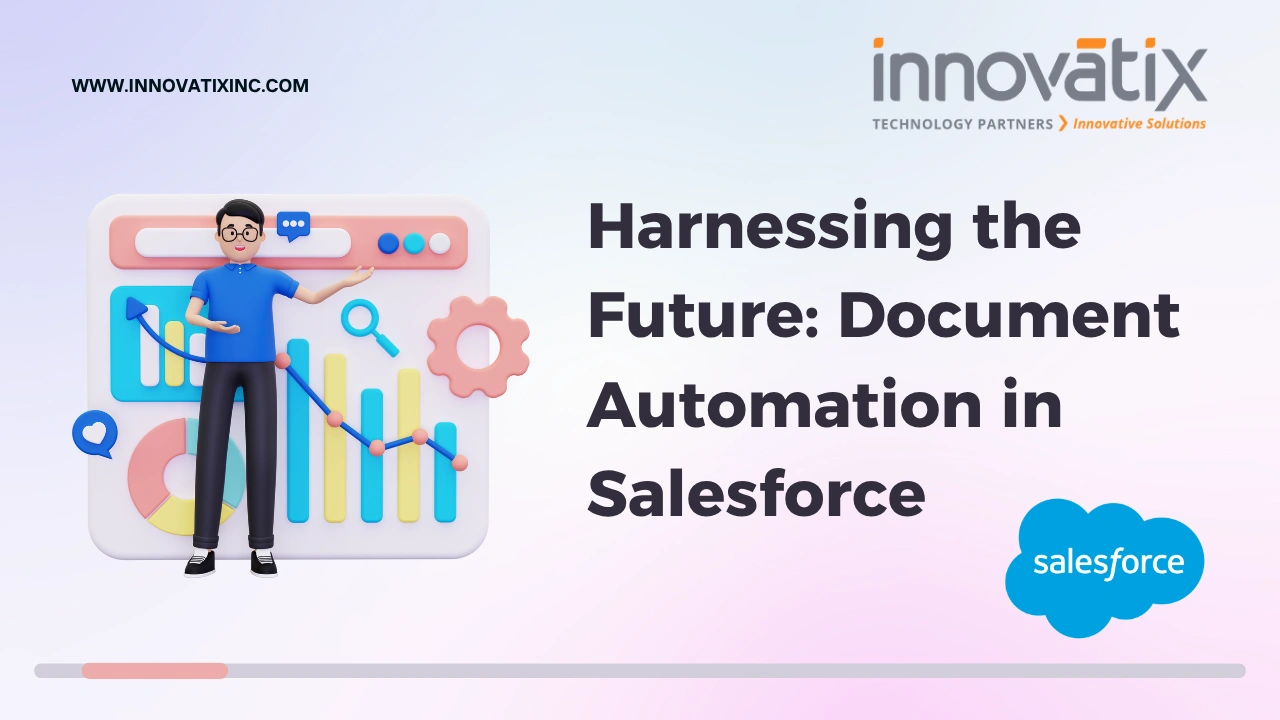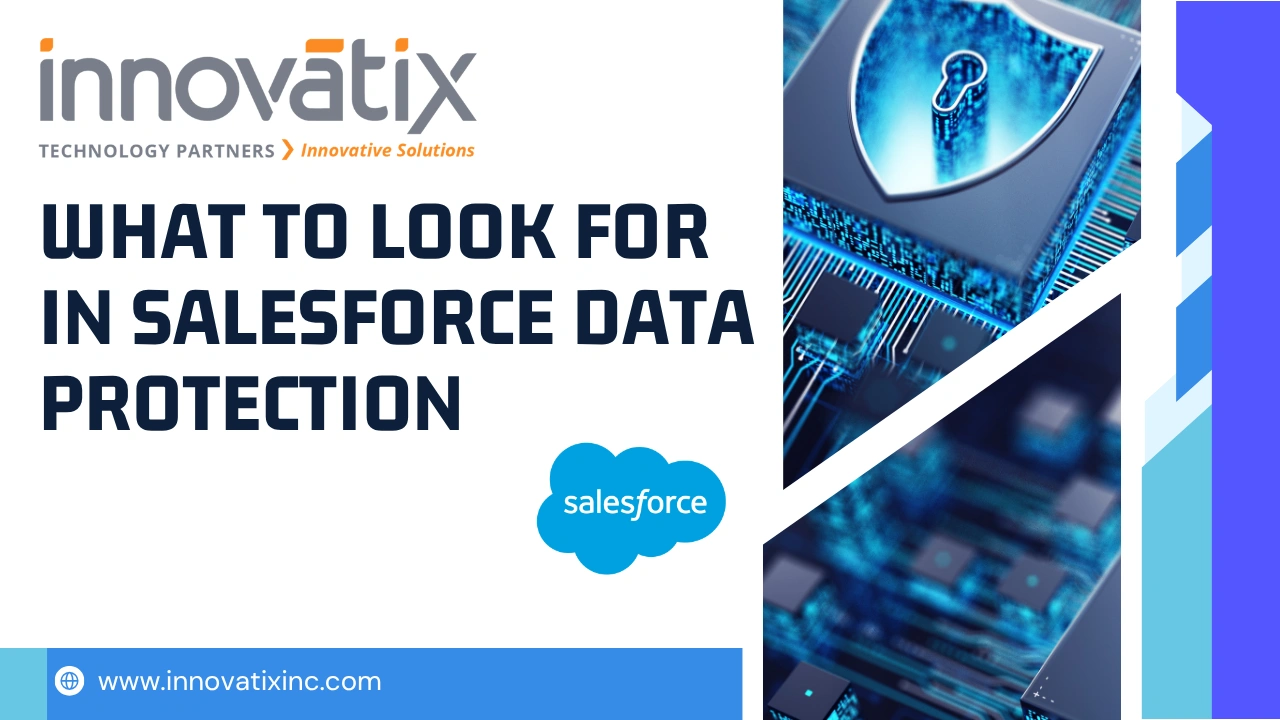As we approach 2025, the IT staffing services is poised for a complete transformation, driven by groundbreaking technological innovations, evolving workforce demands, and global economic shifts. IT staffing agencies have emerged as vital partners in sourcing talent that not only possesses advanced technical skills but also adapts quickly to dynamic market conditions. Modern corporations are increasingly on the lookout for candidates who can master emerging technologies, exhibit agile cybersecurity expertise, and thrive in flexible, modern work environments. This new breed of professionals is essential for companies aiming to stay ahead of the curve in an ever-changing technological landscape. Leading this transformative shift is Innovatix Technology Partners, a trailblazer in the IT staffing arena. By effectively bridging the gap between businesses and top-tier IT talent, Innovatix is setting the standard for innovation and excellence in an industry that is evolving faster than ever. In this blog, we delve into the top ten IT staffing trends that will redefine the workforce in 2025 and beyond. From AI-driven recruitment tools and remote work innovations to evolving skill requirements and diversity initiatives, we explore how these trends will reshape hiring practices, create new opportunities, and ultimately empower organizations to navigate the future of IT with confidence. 1. AI-driven Recruitment: The Game-changer AI is a core operational component in the candidate selection systems used by recruiting operations in 2025. Automating candidate search activities combined with skill tests via AI tools reduces unnecessary costs through efficient recruitment task management. Predictive analytics enables hiring managers to receive better information, enhancing their recruitment process by improving performance alongside organizational requirement fulfillment. AI chatbots help improve applications by allowing candidates to interact efficiently, and response times remain high. Artificial intelligence algorithms using skill-based evaluation metrics eliminate all bias factors from recruitment processes to allow fair recruitment strategies. AI technology has enabled developers to build assessment tools that recognize staff soft skills by capturing nonverbal signals during virtual interviews and analyzing speech, tone, and body movements. 2. Cybersecurity Professionals: The Most Sought-After Talent As digital transformation accelerates, organizations worldwide recognize cybersecurity professionals as their most critical recruitment priority. The rapid expansion of cloud computing, AI-driven systems, and remote work has significantly increased cyber threats, making cybersecurity expertise essential for businesses to protect sensitive data and critical infrastructure. By 2025, demand for cybersecurity professionals will reach an all-time high, with companies actively seeking specialists in ethical hacking, threat intelligence, zero-trust architecture, incident response, and cyber risk assessment. Additionally, governments are implementing stricter data protection regulations, compelling businesses to hire security architects, compliance officers, and governance specialists to ensure adherence to frameworks like GDPR and CCPA. To meet this growing demand, IT staffing agencies are ramping up efforts to build robust cybersecurity talent pipelines. Recruitment strategies are shifting toward upskilling initiatives, partnerships with cybersecurity training institutions, and AI-driven talent matching to address skill shortages. As cyber risks continue to evolve, companies that proactively invest in cybersecurity talent acquisition will gain a significant competitive edge, ensuring their digital ecosystems remain secure and compliant in an increasingly complex threat landscape. 3. Hybrid Work Models: The Standard Operating Model The hybrid work model, which combines remote work with office presence, has transformed into the established standard of business operations in 2025. The current IT staffing industry emphasizes recruiting individuals who understand how to conduct distributed team management and how to optimize both remote collaboration software and asynchronous workflows. Businesses keep investing money into building digital infrastructure, which includes stronger VPN systems, cloud-based project tools, and virtual reality meeting platforms for hybrid model development. The assessment process performed by staffing agencies enables businesses to find suitable candidates who are prepared for remote and technical work before incorporating them into hybrid team structures. 4. Skills Over Degrees: A Radical Shift By 2025, the IT industry is prioritizing technical skills and professional certifications over traditional academic degrees. Organizations search for job applicants who possess experience in addition to specialized certifications that include: The rise of online learning platforms like Coursera, Udemy, and LinkedIn Learning has accelerated this trend, enabling professionals to rapidly acquire in-demand skills and certifications. These platforms provide flexible, practical, and cost-effective training that equips learners with job-ready competencies, significantly reducing the necessity of traditional degrees for critical IT roles. As a result, businesses are increasingly adopting skills-based hiring models, ensuring they attract top talent capable of driving innovation and meeting the evolving technological demands of the future. 5. Soft Skills: Bridging the Gap Between Tech and Business While technical expertise remains essential, soft skills are becoming equally critical in the IT workforce of 2025. Employers are increasingly prioritizing professionals who excel in communication, problem-solving, teamwork, and adaptability, recognizing that these abilities drive collaboration, innovation, and business success. IT professionals must not only possess technical proficiency but also translate complex concepts into clear, actionable insights for stakeholders across various departments. As businesses become more cross-functional, the ability to work seamlessly within diverse teams is a defining factor in career advancement. To meet this growing demand, staffing agencies are integrating behavioral assessment tools into their hiring processes, identifying candidates who can build strong workplace relationships, foster collaboration, and thrive in dynamic environments. Companies are also investing in soft skills training to ensure IT professionals are equipped to navigate leadership roles, client interactions, and strategic decision-making—ultimately bridging the gap between technology and business. 6. The Rise of IT Outsourcing and Global Talent Pools Oil companies worldwide face a critical shortage of IT professionals, which motivates businesses to search beyond their traditional regional pool. Businesses prefer IT outsourcing to rich talent pool nations such as India, Brazil, and Eastern European countries to obtain specialized expertise quickly and at reasonable prices. In 2025, staff augmentation models will enable businesses to unite internal and external professionals on their projects. Through this model, companies obtain flexible and scalable operations that bypass time-consuming onboarding practices. Time zone diversity in multinational organizations provides offshore teams with the ability to maintain continuous productivity. 7. Diversity, Equity, and Inclusion (DEI): A Pillar of IT Staffing The





